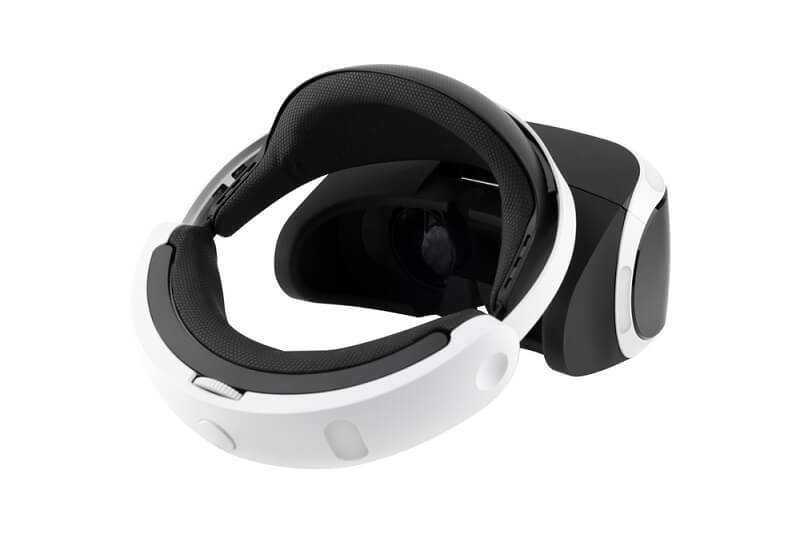
In the fast-evolving motorcycle technology landscape, augmented reality helmets are leading the next big transformation for safety and convenience for riders. With the younger generation of riders in America increasingly seeking next-generation innovations, augmented reality motorcycle helmets and AR navigation for motorcyclists are quickly continuing to go from science fiction products to everyday essential products. These advanced helmets are changing how motorcyclists engage with the road, react to road hazards, and enjoy the ride.
The trend of AR helmets is growing in the U.S. due to increased consumer demand and product availability, advancing motorcyclist safety, and a new generation of intelligent riding apparel intended to increase awareness without reducing ride enjoyment. In this exploration, we study the history, benefits, market growth, and future of augmented reality helmets and their potential to revolutionize American riding culture.
Augmented reality helmets are intelligent motorcycle helmets that combine heads-up displays (HUDs), voice commands, sensors, cameras, and navigation into the visor or lens section. This technology projects digital data onto the rider's vision, including speed, directions of the route, hazard warnings, and even calls or music alerts—without needing the rider to glance away from the road.
These features provide more than convenience—there is a big step forward in rider safety. For example, AR navigation for motorcyclists being displayed in a motorist's line of sight means no longer looking down at GPS or phones. Real-time information makes instantaneous decisions simpler and more secure.
As HUD moto helmets are increasingly popular, the conventional helmet is rapidly transforming from a passive protection device to an active rider assistant.

A few years back, AR helmet fashions in the U.S. were for tech folks or well-heeled hobbyists. Now that big brands are introducing more affordable versions and more features, high-tech gear has caught the strong interest of U.S. riders, particularly among younger and urban riders.
A recent consumer poll indicated that over 65% of under-40 riders would be willing to change to an augmented reality helmet in the next two years if the cost comes down. This change of heart is initiating investment by helmet makers, tech companies, and even automobile players looking to tap the burgeoning market.
Major drivers propelling this AR helmet trend in America are:
HUD moto helmets are the centerpiece of the augmented reality motorcycle experience. These helmets have visual overlays that provide information to riders without having to take their eyes off the road.
Imagine cruising down unknown highways, with real-time navigation in your view. You can get warnings regarding approaching vehicles, sharp turns, or speed-limit changes. With HUD technology, information is where you need it.
As the AR helmet innovation in the United States continues, we are to anticipate HUD integration to be a norm in premium helmets—and later, mid-range models as well.
AR navigation for cyclists represents arguably the biggest change in bike rider technologies. In short, AR navigation overlays instructions directly onto the rider's view of the street. This reduces disorientation and increases reaction time - two critical factors in safety while riding.
Motorcyclists tend to struggle with controlling equipment or hearing instructions through unstable audio systems. AR navigation addresses this by texturing lanes, exits, or turns—directly on the visor.
Most augmented reality helmets now have Google Maps or proprietary AR navigation systems built into them, which makes them even more desirable to urban riders as well as touring enthusiasts.
Motorcycle accidents in America are all too prevalent. The NHTSA reports that in 2023 alone, more than 5,000 motorcyclists were killed on American roadways. Improved helmet technology, most especially augmented reality helmets, presents a hopeful step in injury prevention and emergency assistance.
The American helmet safety story in the U.S. is evolving from passive to active prevention. The helmets assist in minimizing human mistakes, the primary cause of road mishaps, by providing contextual knowledge in real-time.
Motorcyclists have transitioned from weekend warriors and hobbyists into being savvy consumers with a focus on convenience and safety. Consumer trends toward AR gear represent a generational shift in expectations. Riders desire more than just impact protection; they want smart, intuitive integration into their digital lives.
Both consumers and manufacturers have taken note of the growing consumer interest. Manufacturers like Shoei, Sena, Jarvish, and Forcite have introduced expanded AR helmet options to meet this demand.
As the AR helmet trend in the United States continues unabated, manufacturers are competing to create low-cost, feature-packed models that will resonate with mass-market riders.
Even with all their benefits, augmented reality helmets still have some hurdles to overcome in mass adoption.
To solve the above issues, it will be the way forward to stimulate further consumer demand for AR equipment and make AR helmets a reality for every rider.
The horizon for augmented reality helmets in America is remarkably bright. As technology becomes cheaper and more efficient, these smart helmets will shift from retailers carrying luxury products to necessities.
Below are exciting developments to watch for:
All of these innovations will continue to improve the name of the AR safety record expectancy, and further enhance an extension of navigational capability for motorcycle patients.
How augmented reality helmets are revolutionizing the U.S. rider experience isn't just a trend—it's a transformation. With enhanced safety, intuitive navigation, and real-time connectivity, AR helmets are redefining what it means to be a modern rider.
As more motorcyclists embrace this intelligent technology, we can anticipate safer roads, more confident choices, and more integrated motorcycles in the digital universe. The AR helmet phenomenon in America, once a fad, is now fast becoming a hallmark of forward-thinking motorcycling.
Whether you're a daily commuter or a cross-country traveler, the next helmet you wear might not only save your head—it could also navigate you, alert you, and link you up with everything important along the way.
This content was created by AI